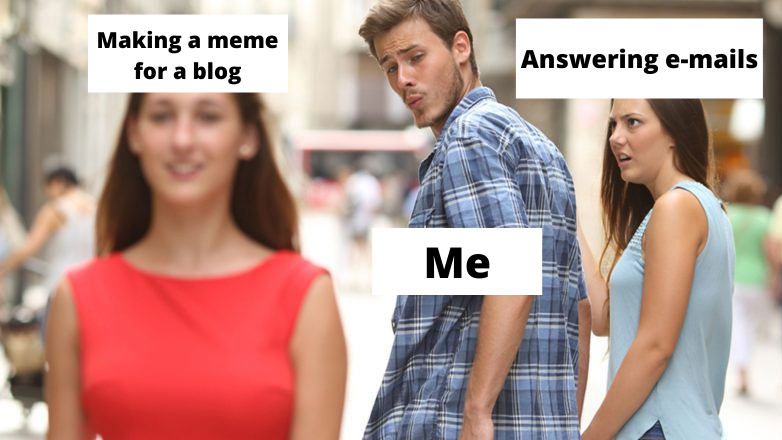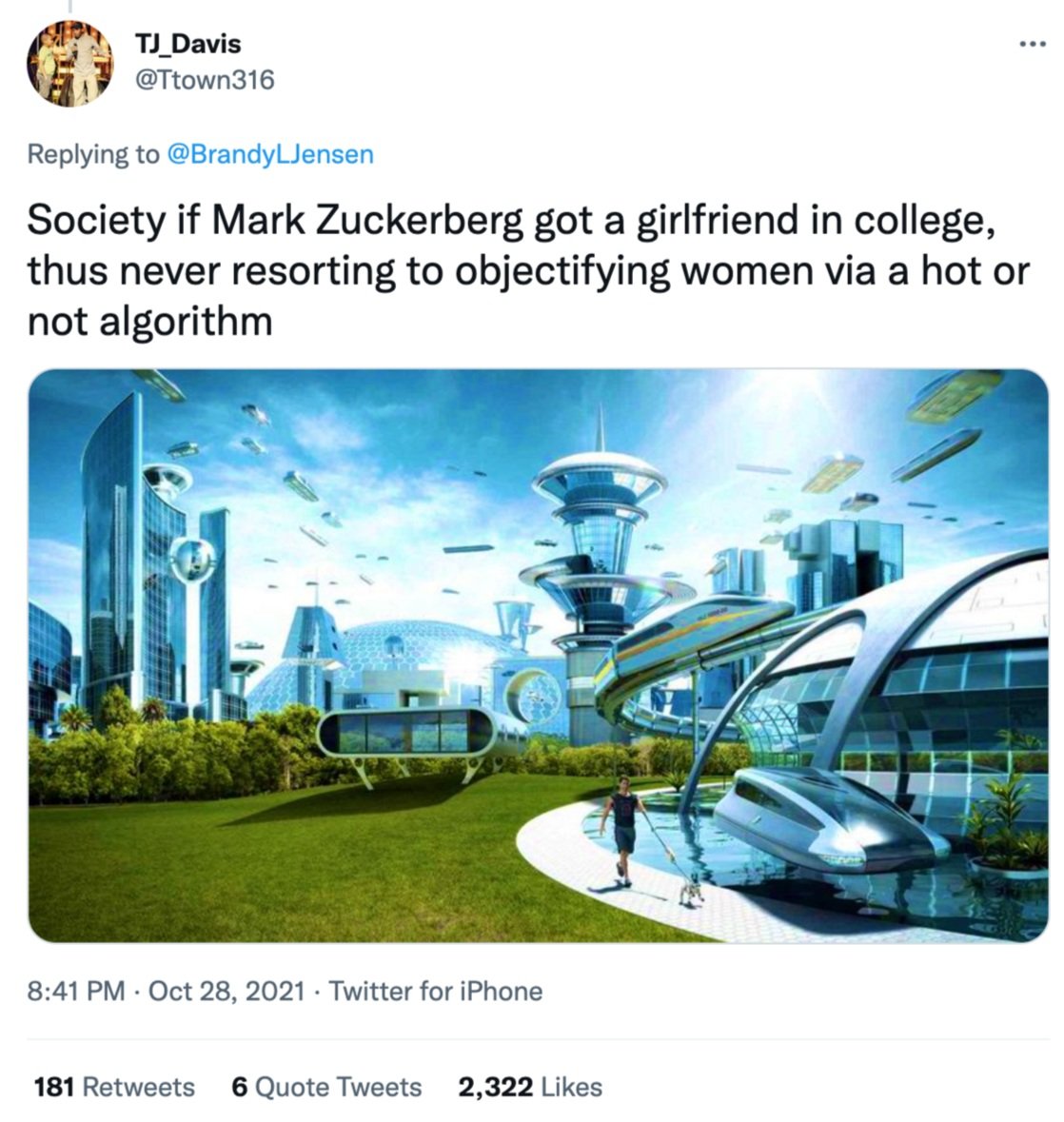Why are Memes Useful in Content Marketing?
/Memes. We’ve all seen them. As soon as anything happens, someone somewhere is making a meme about it.
Memes are fascinating. But how exactly can they be defined, and where did they come from?
A Short History of Memes
The word meme derives from the Greek mimema, ‘something which is imitated’. Memes, before their emergence in popular culture, were noted in 1976 by Richard Dawkins as things that carry information and replicate. They are even described as comparable to flies because they ‘infest’ large groups of people very quickly.
However, the ‘meme’, as most often referenced in the present day, takes on a slightly different meaning than what Dawkins referred to in 1976.
What is a Meme?
Memes often take the form of photos, videos, and other media. They carry ideas and are presented humorously, always aiming for some form of relatability to audiences.
However, in the last 10 years, memes have mostly contained insider jokes, and displayed a sense of post-irony, which essentially means memes are self-referential, and laugh at their own humour.
This can sometimes make them hard to completely understand, which is equally part of their fun.
As an internet sensation, with the capability to reach many different audiences, memes have the potential to be incredibly influential.
So, What Is It About Memes That Is So Engaging?
Humans are primed for visual learning. In-fact 80% of people remember what they see and do, as opposed to 20% of what they read.
Memes can show us much about human communication. Importantly for content marketing, visual images, with small amounts of text, are globally effective at influencing and even cultivating opinions.
The growing emergence of ‘self-creation’ within the meme canon means that anybody can create one and immediately share it on social media profiles – another attractive use of the meme. Meme generators such as Imgflip and KapWing facilitate this and provide anybody with the ability to use their favourite meme.
Meme Case Study: Facebook’s Rebrand to Meta
The first meme demonstrates the more ‘nonsensical’ realm of memes, rearranging the word ‘meta’ to ‘meat’, and placing a bottle of sauce in Zuckerberg’s hand. The bottle of sauce was something spotted by viewers in the background of Zuckerberg’s video, which was immediately made into a meme, shown here in an ‘intertextual’ way. The ‘meta’ name was subsequently mocked and parodied by Wendy’s (American Fast-Food chain) public Twitter account, and the rearranging of the word ‘meta’ to ‘meat’ was another reference to the other memes already being made.
The Office meme template and the photograph of the utopian city are regularly used meme templates, showing how the meme as a humorous format, is easily replicable by individuals, and garners engagement and attention, even if it is largely predictable or a repeated image.
Clearly the utopian meme aims to criticise the reason behind Facebook’s inception, but regardless of purpose and punchline, memes undeniably increase the engagement with a topic such as Facebook’s rebranding, which may encourage people to find out more, thus leading to brand awareness.
How Are Memes Useful for Content Marketing?
Memes are another communication tool that can ultimately be used to show your audience important things relating to your company and business. They can show that you are aware of latest events, although we would recommend consulting a friend or digital marketing specialist before making your own memes, to ensure the content is relevant.
It has been found that 54% of those aged 16-23 look at memes, as well as 41% of 24–37-year-olds. Even though it is important not to alienate customers or jump on a trend in a way that does not work for your business, a large proportion of the population does appear to engage with (and enjoy) memes.
Very much akin to embracing new technologies, crafting the occasional meme could be beneficial to your business. Especially if your goals include increasing brand awareness!
By Rozz Cottrell





